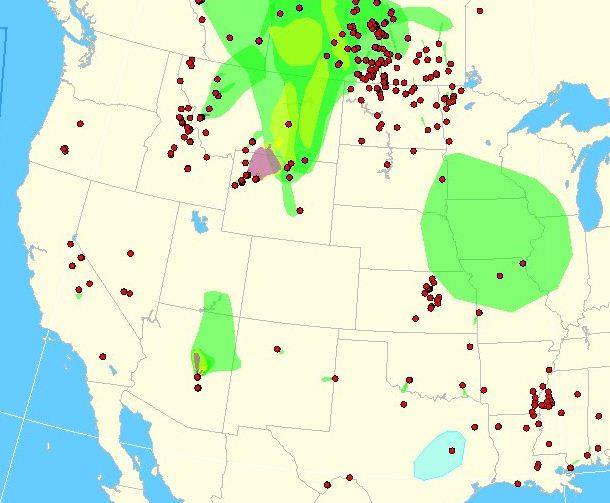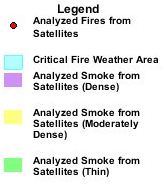The U. S. Forest Service announced on August 15 that they intended to award a non-competitive multi-million dollar contract to the Rand Corporation to continue studying the air tanker issue. Rand had a previous contract with the USFS to provide advice about the long term management of the air tanker and helicopter fleet. The report from that study was due in January, 2011, but rumor has it that their product was virtually worthless and they were sent back to the drawing board. Now the USFS wants to throw good money after bad, giving Rand what appears to be an additional $7 million to milk the public coffers even more. This issue has been studied to death already. The USFS staff in Washington simply needs to review the previous four studies and make a damn decision about how to reconstitute the large air tanker fleet which has declined through mismanagement from 44 to 11. This is turning into a very bad joke on the American taxpayers. Someone needs to put some firefighters in charge a making the decision, like in this classic video.
UPDATE at 4:14 p.m. Sept. 26, 2011; we just found at another web page a “modification/amendment” to the above announcement:
Added: Sep 01, 2011 5:01 pm. Due to the responses received expressing interest in this procurement, the program has decided to withdraw its sole source determination. A competitive acquisition will be conducted after the end of the fiscal year.
This is a good news/bad news announcement. Good, in that there is a chance that someone who actually has knowledge about aerial firefighting might do the study. Bad, in that… ARE YOU KIDDING ME? STILL ANOTHER STUDY! The previous five are not enough? How many do we need? 10? 15?
******

The Dollar Lake fire burning on the slopes of Mt. Hood in Oregon received some rain and is being turned over to a Type 3 incident management team. They are calling it 90% contained after burning 6,304 acres.
*****
Texas wildfires became political fodder on Sunday when President Obama, speaking at a fund-raiser in Woodside, California, said:
I mean, has anybody been watching the debates lately? You’ve got a governor whose state is on fire denying climate change.
Mark Miner, a spokesperson for Governor Rick Perry of Texas, shot back saying it was “outrageous” that the president…
…would use the burning of 1,500 homes, the worst fires in state history as a political attack.
*****
And in more wildfire-related political news, if Congress can’t get their s**t together and pass a bill funding disaster relief, thousands of victims of the Texas fires may not get the help they need to rebuild home and businesses. Meanwhile, more than 3,000 Texans have registered for about $5.8 million in federal government wildfire-related aid from FEMA, including Housing Assistance, Other Needs Assistance, and Disaster Unemployment Assistance.
*****

Some firefighting resources are being released from the Pagami Creek fire in the Boundary Waters Canoe Area Wilderness in northeast Minnesota. The fire has not increased in size in a week or so and the incident management team is calling it 93,459 acres and 53% contained. (Definitions of “contain” and “control”). Yesterday, air resources dropped 267,000 gallons of water and delivered 11,000 pounds of cargo.
*****
On Sunday the Norton Point fire southeast of Yellowstone National Park in Wyoming grew by 3,000 to 3,500 acres and has burned a total of 20,500 acres. It is staffed with two people.






